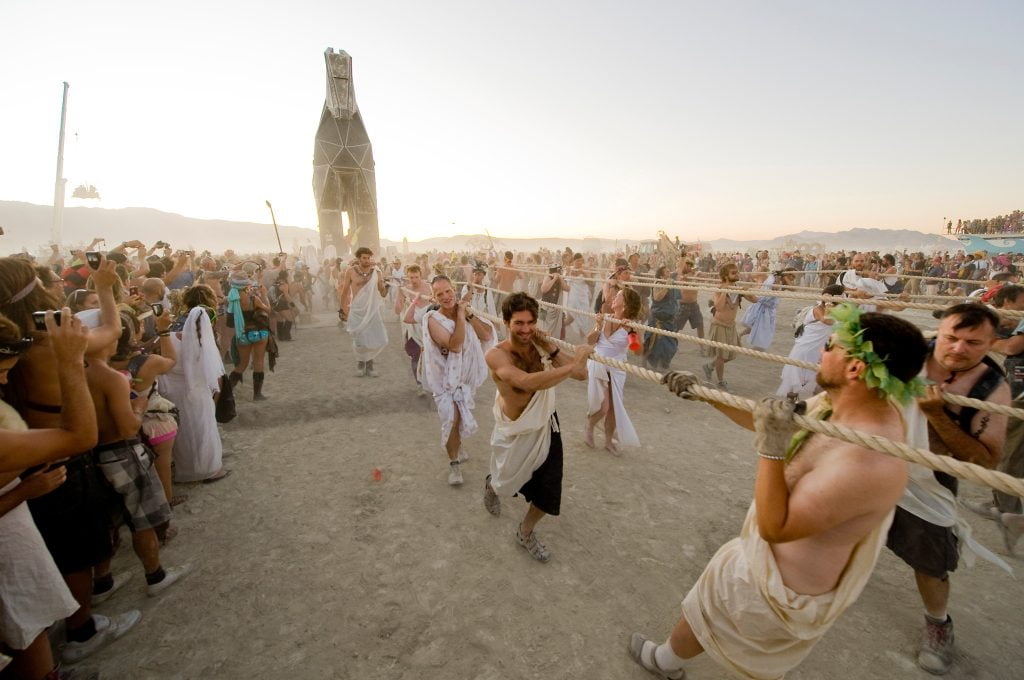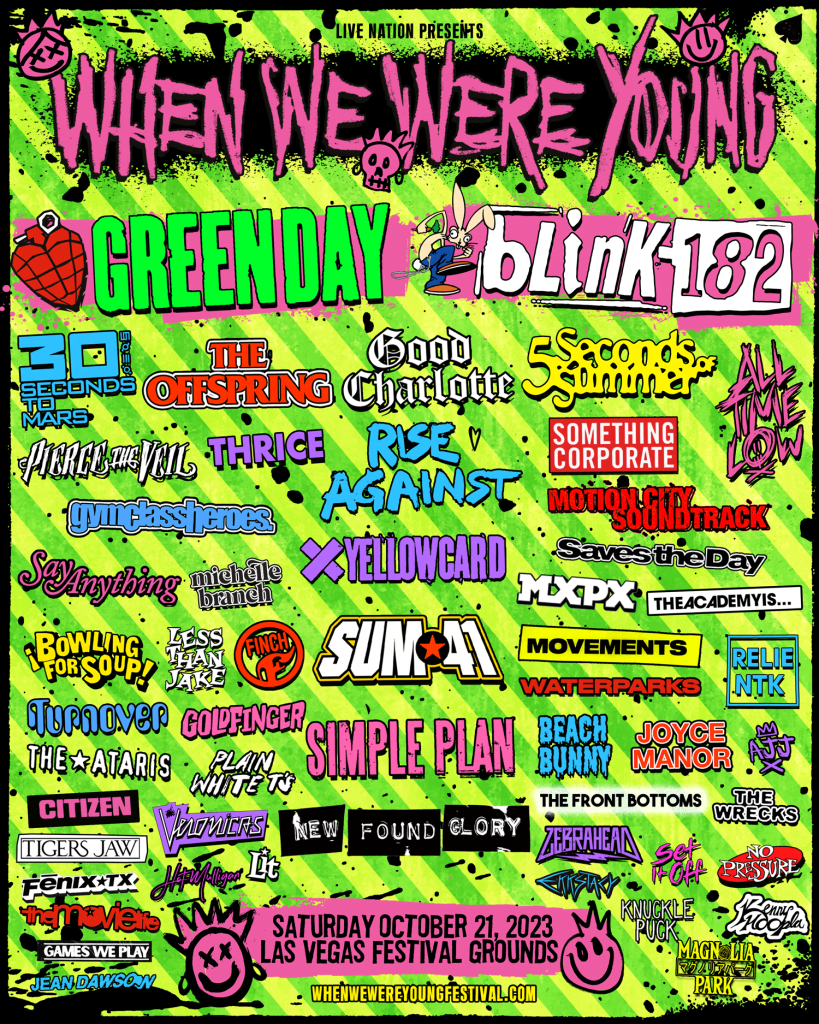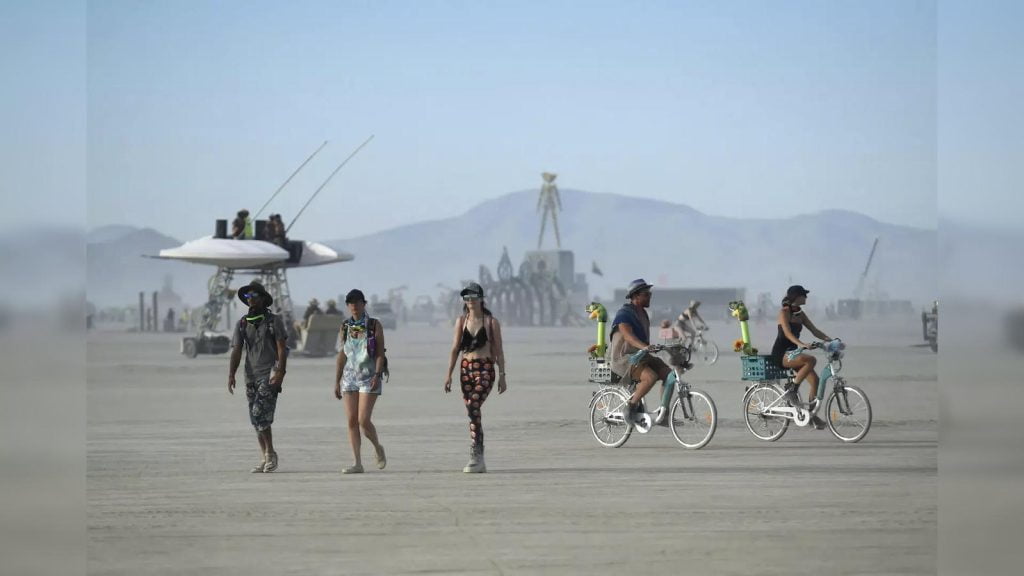Welcome to a musical journey back in time as we delve into the iconic Woodstock Festival. But first, what is the Woodstock Festival? It’s a legendary event that took place in August 1969, characterized by its celebration of music, peace, and counterculture. Held in a dairy farm in Bethel, New York, Woodstock became a symbol of the 1960s era, attracting over 400,000 attendees who gathered to groove to the tunes of legendary artists like Jimi Hendrix, Janis Joplin, and The Who. This blog will uncover the magic of the Woodstock Festival, exploring its impact on music, culture, and the legacy it left behind.
At Woodstock ’69, the stage wasn’t the only place where performances happened ✌🏼
Festival-goers created their own magic with drum circles and sing-alongs, keeping the music alive day and night🌥️
Photo courtesy of Getty Images. pic.twitter.com/m82rcJbqoW
— WOODSTOCK (@woodstockfest) August 22, 2024
Introduction: Exploring the Woodstock Festival
As we delve into the rich history of the Woodstock Festival, we are transported back to the iconic event that defined a generation. The Woodstock Festival, also known as what is the Woodstock Festival, was a historic music festival held in 1969 in upstate New York. This cultural landmark brought together hundreds of thousands of music lovers to celebrate peace, love, and music amidst a backdrop of social change.
The Origin of Woodstock
The roots of the Woodstock Festival can be traced back to a desire to create a music event that transcended the traditional boundaries of concerts at that time. Woodstock was envisioned as a gathering of like-minded individuals who believed in the power of music to unite people.
Key Highlights of Woodstock
During the festival, legendary artists such as Jimi Hendrix, Janis Joplin, and The Who graced the stage, delivering unforgettable performances that became the stuff of legends. The festival’s message of peace and unity resonated with attendees, leaving a lasting impact on the cultural landscape of the 1960s.

Origins of Woodstock: A Brief History
The Woodstock Festival, also known as Woodstock or the Woodstock Music & Art Fair, was a historic event in 1969 that changed the landscape of music and culture forever. What is the Woodstock Festival? It was a music festival held in Bethel, New York, from August 15 to 18, 1969. Despite its name, the event actually took place in a town 43 miles southwest of Woodstock. The festival attracted an estimated 400,000 people and became a symbol of the counterculture movement of the 1960s.
Key Highlights of Woodstock
Woodstock was organized as a profit-making venture but became a free event after thousands of attendees overwhelmed the ticketing gates.
The festival featured iconic artists such as Jimi Hendrix, Janis Joplin, The Who, and Crosby, Stills, Nash & Young, among others, who delivered legendary performances.
Impact and Legacy
The Woodstock Festival has left a lasting impact on music, art, and social movements. It symbolized the peace and love ethos of the 1960s, emphasizing unity and social justice.
- Woodstock showcased the power of music to bring people together, promoting messages of anti-war sentiments and civil rights.
- The legacy of Woodstock continues to inspire future generations to create change through art, music, and social activism.
The Music Lineup: Iconic Performances and Artists
One of the most significant aspects of the Woodstock Festival was its exceptional music lineup, featuring iconic performances by legendary artists.
Headliners and Highlights
The lineup included unforgettable acts like Jimi Hendrix, Janis Joplin, and The Who, who captivated the audience with their electrifying performances.
This historic event showcased the talents of emerging rock stars such as Santana and Crosby, Stills, Nash & Young, giving rise to new music sensations.
Crossing Musical Boundaries
Woodstock transcended genres, with folk legends like Joan Baez and Country Joe McDonald sharing the stage with psychedelic rock bands like Jefferson Airplane, creating a diverse musical experience.
- Joan Baez: Known for her soul-stirring ballads and activism.
- Jefferson Airplane: Pioneers of the San Francisco sound with their psychedelic rock.
Social and Cultural Impact of Woodstock
The Woodstock Festival, held in 1969, left a lasting impact on society and culture, shaping the future of music festivals and social movements.
1. Counterculture Movement
The Woodstock Festival symbolized the peak of the 1960s counterculture movement, promoting peace, love, and unity among attendees.
2. Music as a Unifier
Through iconic performances by artists like Jimi Hendrix and Janis Joplin, Woodstock showcased music’s power to bring people together.
Behind the Scenes: Making of the Woodstock Festival
The Woodstock Festival, also known as the Woodstock Music & Art Fair, was a historic event that took place in 1969. What the Woodstock Festival is is a common question among those interested in music history and counterculture. The festival was held in Bethel, New York, on a dairy farm owned by Max Yasgur.
The Visionaries
The idea for Woodstock originated from the visionaries Michael Lang, Artie Kornfeld, Joel Rosenman, and John P. Roberts. They aimed to create a music event that would promote peace and harmony amidst the turbulent times of the late 1960s.
The team’s strong belief in the power of music to bring people together was the driving force behind the festival’s inception.
Logistics and Challenges
Organizing an event of such magnitude posed numerous challenges. From securing performers to arranging food, water, and medical facilities for an expected crowd of 200,000, the logistics were daunting.
Despite facing countless obstacles, the organizers managed to pull off a remarkable feat, creating an iconic moment in music history.
Legacy of Woodstock: Influence on Music and Counterculture
The Woodstock Festival, held in 1969, left an indelible mark on both music and counterculture. The event, synonymous with peace, love, and music, showcased legendary performances by artists like Jimi Hendrix and Janis Joplin, shaping the future of music festivals worldwide. Its influence transcended generations, inspiring movements for social change and promoting unity among diverse groups of people.
Impact on Music
Woodstock revolutionized the music industry, paving the way for large-scale outdoor festivals that celebrated creativity and freedom. The fusion of rock, folk, and psychedelic sounds during the event set new standards for live performances, giving rise to a more experimental and inclusive approach to music creation.
The festival not only showcased established artists but also provided a platform for emerging talents, promoting a diverse range of musical genres that resonated with the audience.
Countercultural Movement
The Woodstock Festival became a symbol of the countercultural movement of the 1960s, advocating for peace, environmental awareness, and social justice. It brought together individuals from different backgrounds who shared a common vision of a more harmonious and equitable society.
- The festival’s emphasis on communal living and shared experiences fostered a sense of unity among attendees, emphasizing the importance of collaboration and understanding.
- Woodstock’s legacy continues to inspire grassroots movements and cultural shifts that challenge the status quo and champion progressive values.
Frequently Asked Questions
- What was the Woodstock Festival?
- The Woodstock Festival was a historic music festival held in August 1969 on a dairy farm in Bethel, New York. It is widely regarded as a pivotal moment in music history and a defining event of the counterculture generation.
- Who were some of the famous artists that performed at the Woodstock Festival?
- The festival featured iconic performances by artists such as Jimi Hendrix, Janis Joplin, The Who, Santana, Jefferson Airplane, and many more.
- How many people attended the Woodstock Festival?
- The festival attracted an estimated 400,000 attendees, far surpassing the expected number and leading to logistical challenges due to the overwhelming turnout.
- What was the significance of the Woodstock Festival in music history?
- The Woodstock Festival is considered a symbol of the 1960s counterculture movement and is often seen as a reflection of the social and political climate of the time. It marked a unique blend of music, art, and social activism.
- Did everything go smoothly at the Woodstock Festival?
- While the festival is remembered for its iconic performances and messages of peace and love, it also faced challenges such as bad weather, food shortages, and logistical issues. Despite these challenges, the overall spirit of unity prevailed.
- How did the Woodstock Festival influence music and culture?
- The Woodstock Festival had a lasting impact on music and culture, inspiring future music festivals and shaping the music industry. It also became a symbol of peace, love, and unity, resonating with generations to come.
Unveiling the Woodstock Festival: A Musical Journey to the Past
Final Thoughts
As we unravel the essence of the Woodstock Festival, it becomes evident that this iconic event transcended mere music and instead became a symbol of unity, peace, and cultural revolution. Woodstock represented a generation’s desire for change, acceptance, and harmony. The festival’s historical significance lies not only in its star-studded lineup but also in the spirit of camaraderie and love it fostered among hundreds of thousands of attendees. By revisiting the Woodstock Festival, we are reminded of the power of music to bring people together and inspire positive change. Let us carry forward the legacy of Woodstock by embracing its values of peace, love, and music in our own lives.




